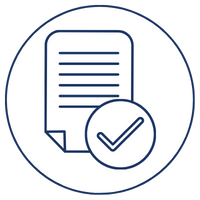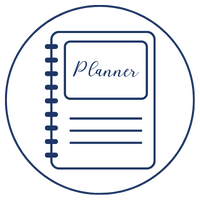
Why Should I Budget?
A budget is a plan for how to manage your money. It can help you feel like you are in control of your finances, and let you figure out how to spend money wisely and how to save for future purchases or pay down debt. There are many budgeting tools that you can use – it could be as simple as creating a spreadsheet or other way of tracking your expenses and resources. Whether you use manual tools or apps/software to help you, the main principle remains the same: list your costs or expenses and your funding sources.
How Do I Budget?
The Financial Consumer Agency of Canada provides an outline of steps for budgeting, including thinking about your financial goals, understanding where your money is going, and considering your needs compared to your wants.
Tools & Resources
Take advantage of these tools and resources to help you get started with developing your own budget.
Budget Examples
Example 1 – Undergraduate Student

Ana
2nd Year | Psychology and Visual Arts Program
St. George Campus
Ana is a single student with no children, who is renting a place off-campus with roommates. Her programs require her to purchase books and art supplies such paint, paint brushes, canvas, etc. She has some financial support from her family and received some funding from bursaries. She is not an Ontario resident, so she does not qualify for OSAP. Ana works part-time as a Work Study student to offset what she can of her expenses. She has a combination of a bank loan and credit card to help with her remaining balance/debt.
Example 2 – Graduate Student

Jacky
3rd Year | Computer Science Program
Scarborough Campus
Jacky is a single student in his 3rd year of studies in the Computer Science program at the University of Toronto Scarborough campus. He lives at home during his studies. Jacky is participating in a co-op work term from September to April. At the same time, he will be taking two courses. He also will be studying full-time during the Summer session. Jacky received OSAP for his Fall, Winter and Summer studies.


